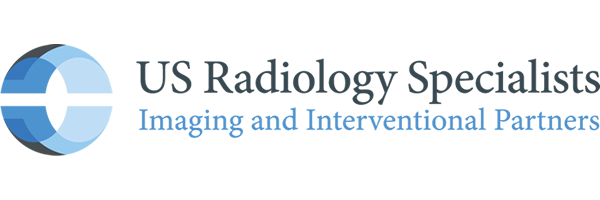On May 9, 2023, the U.S. Preventive Services Task Force (USPSTF) released new screening mammogram draft guidance for women at average risk of developing breast cancer. The new draft guidance differs from their previous recommendation and aligns more closely with screening recommendations from other leading health organizations — a step in the right direction.
Comprised of volunteer subject matter experts and practicing clinicians, the USPSTF reviews the latest in evidence-based medicine and research to make recommendations on public health guidance. The USPSTF draft guidance is now open for public and expert review until June 6 before being finalized later this year. Many breast health experts and advocates are expected to comment to help inform the final recommendation. Here’s what you need to know.
1. What the New USPSTF Draft Guidance Says
The newly released USPSTF draft guidance recommends screening mammograms starting age 40 and continuing every other year to age 74 for women with an average risk of developing breast cancer. The draft also states there isn’t enough clinical evidence for USPSTF to make recommendations related to screening mammograms for women age 75 or older or for supplemental breast cancer screening for women at higher risk for breast cancer. Additionally, the draft guidance includes a call for more research on breast health disparities among minority women, the benefits of breast cancer screenings for women 75+, and the benefits of supplemental screening specifically for women with dense breast tissue.
2. How USPSTF Mammogram Guidance Has Changed
USPSTF last issued guidance about screening mammograms in 2016. At that time, they recommended screening mammograms for women at average risk for breast cancer every other year beginning at age 50. The USPSTF guidelines also recommended that women ages 40 to 49 talk with their providers about their breast cancer risk. In their latest draft guidance, the lowering of the starting age to 40 is now more consistent with the growing body of clinical evidence supporting the benefits of screening earlier.
Read More: Prioritizing Your Annual Women’s Wellness Visit
3. Aligning With Other Recommendations
The new draft guidance also brings USPSTF closer to guidelines from other organizations that recommend screening mammograms begin at 40 for women with an average risk for breast cancer. These organizations include:
- The American College of Obstetricians and Gynecologists (ACOG)
- The American College of Radiology (ACR)
- The American Medical Association (AMA)
- The National Comprehensive Cancer Network (NCCN)
- The Society of Breast Imaging (SBI)
These organizations all recommend annual screening in consultation with a woman’s primary care or OB-GYN physician instead of screening every other year, as proposed by USPSTF. Clinical evidence supports annual screening mammograms have lowered the number of breast cancer deaths in women by 40% compared with less frequent screenings.
4. Recommendations From Experts at Charlotte Radiology Remain the Same
Charlotte Radiology continues to follow the recommendations of the NCCN and other breast health expert guidelines. We continue to recommend annual screening mammograms starting at 40 for women at average risk for breast cancer as the standard of care because:
- 1 in 6 breast cancers are diagnosed in women ages 40 to 49.
- 3D screening mammograms can detect cancer up to three years before you can feel a lump.
- A mammogram at age 40 provides a baseline that can help detect changes in breast tissue that happen naturally year over year.
- Breast density — a prevalent risk factor for breast cancer — can only be measured through mammography.
- Breast cancer detected at stage 0 or stage 1 has a five-year survival rate of nearly 100%.
- Early detection often means less need for aggressive treatment.
Charlotte Radiology imaging experts are taking an active role in the USPSTF draft guidance comment process. We support the USPSTF draft recommendation in lowering the screening age to 40, as it will ensure greater access to screening for women and detect more breast cancers earlier. However, we encourage the USPSTF to look closely at the growing body of clinical research and patient experience demonstrating that annual mammograms save more lives.



